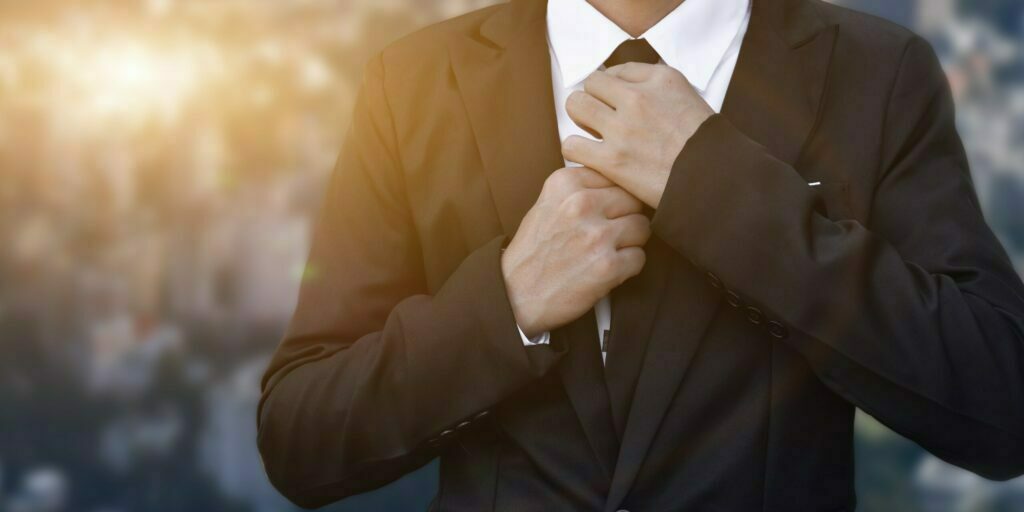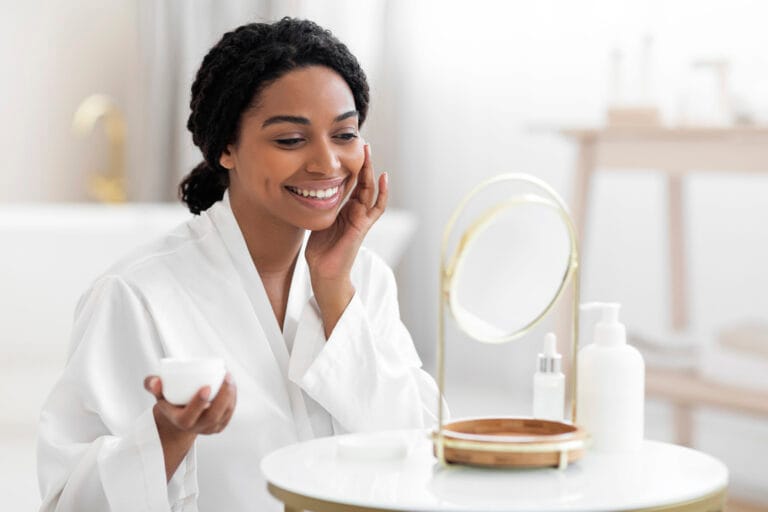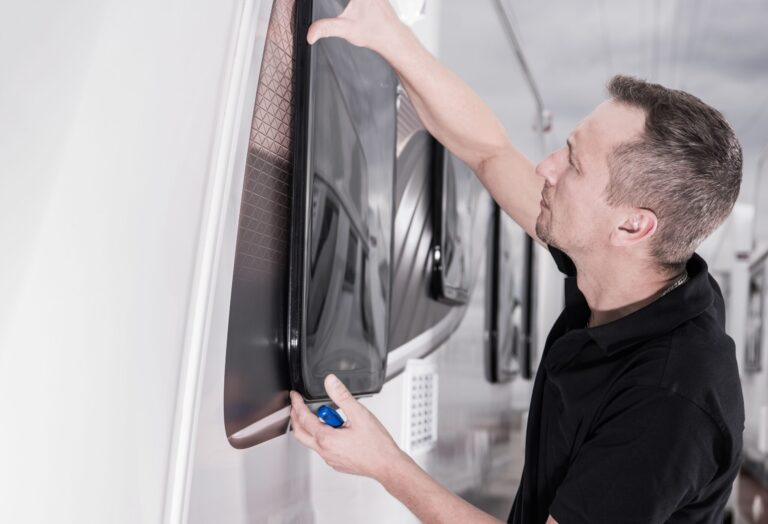Dressing appropriately for different occasions can be a confusing task for many men. Unlike women, who have a wide range of clothing options and dress codes to choose from, menswear dress codes can seem limiting and difficult to interpret. It is essential to understand the nuances of men’s dress codes to make the right impression at work, social events, or formal gatherings. In this article, we will take a closer look at common dress codes for men. Keep reading to learn more.
Casual Dress Code

The casual dress code is the most relaxed and easily adaptable for everyday wear. This dress code allows men to express their personal style while prioritizing comfort. Key elements of casual dressing include jeans, chinos, shorts, t-shirts, and sneakers. Casual attire can be versatile, allowing you to mix and match different pieces of men’s clothing to create a wide variety of looks. Although casual dress comes with the most freedom, it is still essential to maintain a neat and put-together appearance. Ensure your clothes are clean, well-fitting, and free from any visible damage or excessive wear. Moreover, incorporate trendy items from the latest menswear collections to keep your casual wardrobe up to date.
A successful casual outfit is centered around comfort and individuality while still maintaining a presentable appearance. Experiment with various clothing combinations and utilize layers, such as wearing a denim or leather jacket over a plain t-shirt, to add visual interest and adapt to changing weather conditions. Additionally, don’t forget to accessorize with hats, sunglasses, and statement pieces such as watches or bracelets to compliment your casual look.
Business Casual Dress Code

Business casual is the most common dress code for the modern workplace, striking a balance between comfort and professionalism. This dress code generally consists of tailored trousers or chinos, dress shirts, and leather shoes. While the business casual dress code allows for more comfort and personal expression than formal dress codes, it still emphasizes the importance of presenting a polished and professional appearance.
When selecting business casual attire, focus on clean lines, well-fitting garments, and classic color palettes. Avoid overly bold patterns or prints that might distract from your professional demeanor. Pairing a crisp dress shirt with tailored trousers and leather shoes establishes a strong foundation for any business casual ensemble. From there, you can add personal touches, such as a stylish tie or a patterned pocket square to showcase your personality.
Semi-Formal Dress Code
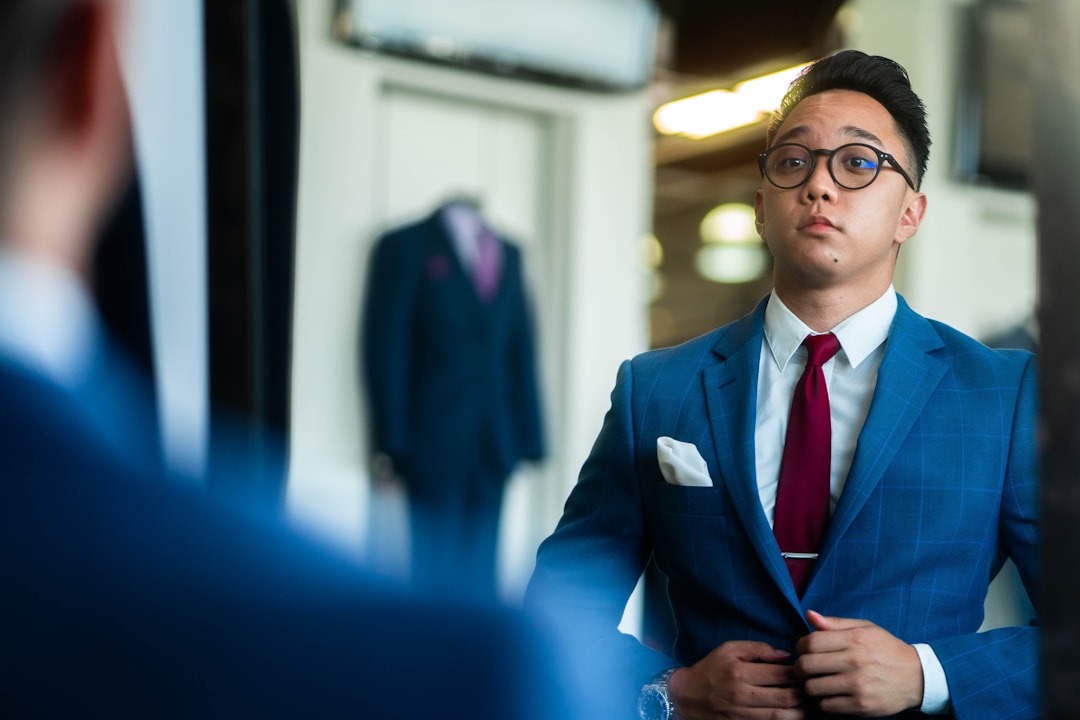
Semi-formal attire is often required for events such as wedding receptions, cocktail parties, or upscale gatherings. Semi-formal dress falls between the less formal business casual and the more dressed-up black tie attire. The key components of a semi-formal outfit include a suit, dress shirt, tie, and dress shoes. Suits in darker shades, such as navy or charcoal, are perfect for semi-formal events, providing a refined and elegant appearance.
When selecting your semi-formal attire, it is essential to consider factors such as the time of day and the specific event you are attending. For daytime events, opt for lighter-colored suits, such as light grey or beige, paired with a classic white dress shirt and a patterned or textured tie. Evening events tend to require dark-colored suits and more understated accessories. Whatever the occasion, ensure your suit is well-fitted to your body and that your dress shirt, tie, and pocket square complement the overall look.
Black Tie Dress Code
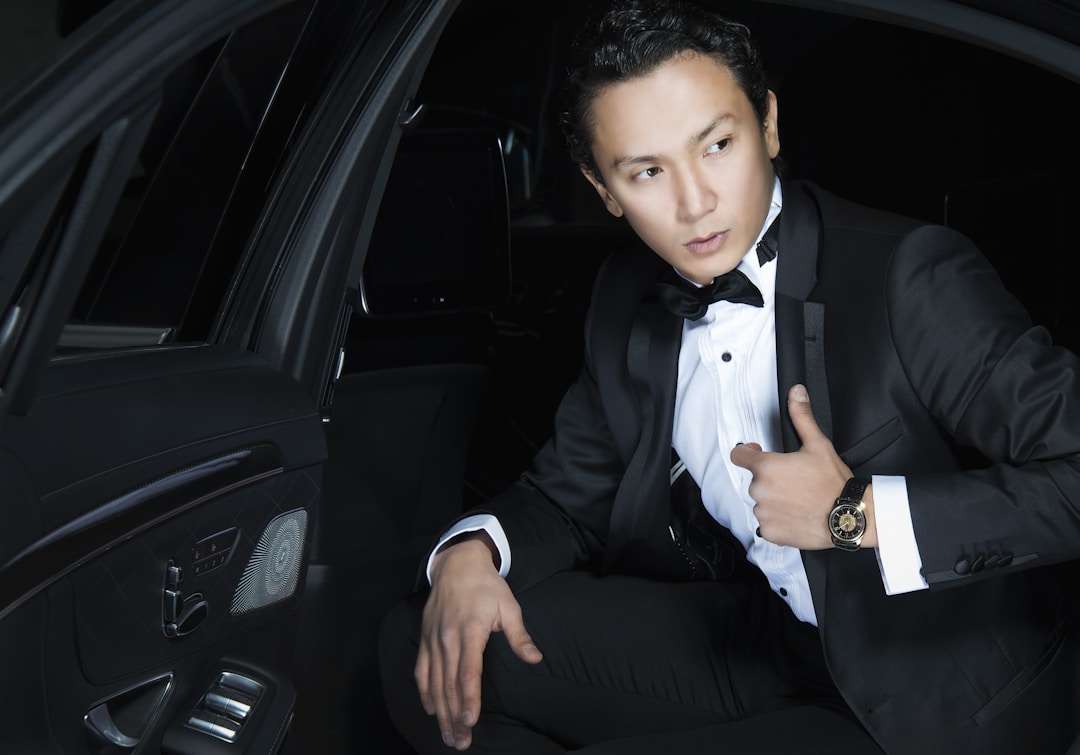
Black tie is the most formal dress code for men and is typically reserved for high-end social functions, galas, or evening weddings. A black tie ensemble includes a tuxedo, formal dress shirt, bow tie, and polished dress shoes. The tuxedo is traditionally black, though nowadays, midnight blue is also an acceptable choice. A well-tailored white dress shirt, black bow tie, and a cummerbund or waistcoat should complete the outfit. Matching the texture and color of your tie, cummerbund, or waistcoat is crucial for a cohesive and polished appearance.
Dressing for a black tie event may be intimidating for many men, but getting the fit right is the key to confidence. An ill-fitting tuxedo looks unpolished and detracts from the formality of the event. Invest in having your tuxedo tailored by a professional to ensure it fits you correctly and enhances your physique. Remember, those black tie events are not the occasion for experimenting with personal style – the focus should be on elegance and sophistication.
Overall, understanding men’s dress codes and dressing appropriately for each occasion is an essential skill for modern men. From the relaxed, casual dress to the refined elegance of a black tie event, pay attention to the fit, context, and small details when selecting your outfit to ensure you make the right impression, no matter the occasion.

